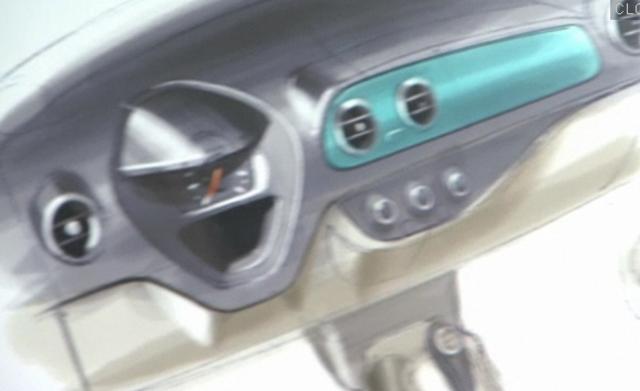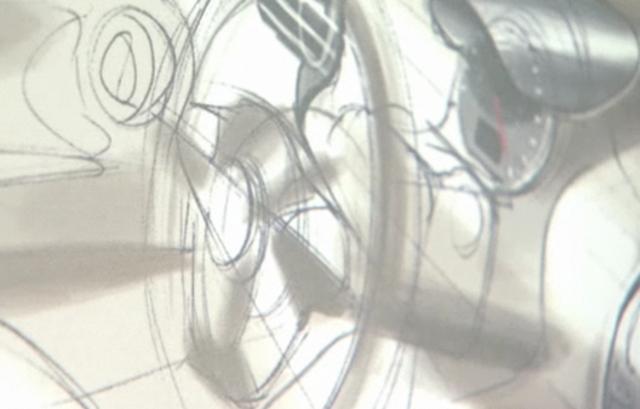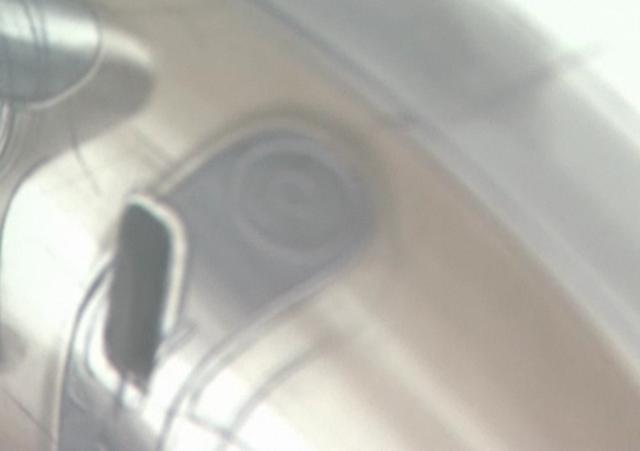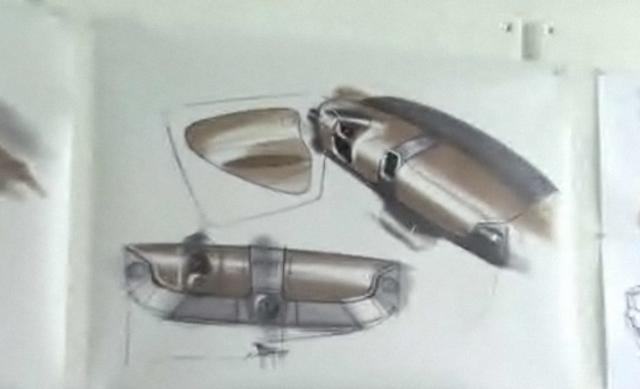Looks like secretive startup V-Vehicle Co. won't be joining Ford, Nissan, Tesla, and Fisker in getting government guarantees for low-interest loans to invest in advanced vehicle technology.
Yesterday the U.S. Department of Energy turned down a $321.1 million loan application by V-Vehicle (VVC), which hoped to retrofit a former headlight plant in Monroe, Louisiana, and hire 1,400 workers to build its car.

2011 VVC sketches

2011 VVC sketches

2011 VVC sketches

2011 VVC sketches
"Not ready to move forward"
VVC had applied for two loans in March 2009; the first, for $79.9 million, would let it complete engineering work with 30 suppliers. The second, for $241.2 million, would have gone toward tooling and equipment for the Monroe plant.
The DoE said only that VVC's applications were "not ready to move forward." Founder and CEO Frank Varasano said the company was "extremely surprised and disappointed" by the DoE decision.
$133 million from Louisiana
VVC had been granted $133 million in funds by the State of Louisiana, contingent on raising $350 million in capital by April 1.
The company so far has raised $90 million, including backing from noted venture capital firm Kleiner Perkins. The fundraising deadline seems unlikely to be met, meaning VVC must return the $6.2 million Louisiana has provided thus far.
Secretive low-cost car
Unlike startups Tesla and Fisker, which revealed their car designs early in the process, V-Vehicle has been secretive about its car, releasing only sketches last June of its vehicle, created by former Mazda designer Tom Matano.
The V-Vehicle would have used a small conventional gasoline engine, not an electric or hybrid powertrain. That may have been a drawback for DoE assessors, since Ford and other established makers plan to raise fuel efficiency significantly by using smaller, more efficient engines as well.
50 mpg?
VVC claimed its fuel efficiency would be among the highest for four-passenger vehicles, and its car would save 300 gallons of fuel a year against fleet averages.
On annual mileage of 10,000, even assuming a fleet average as low as 20 miles per gallon, VVC's car would thus have to achieve fuel economy of 50 mpg--or the same as the 2010 Toyota Prius hybrid.
It was to use a new composite material for the bodyshell. All models would have been built in white, with colors and patterns added via plastic body wraps (as Aston Martin plans for its Cygnet mini-car).
Up to 40 percent cheaper?
The V-Vehicle team believed a simple, option-free, low-cost car, produced in high volume, would find a new niche in the market.
The price was said to be up to 40 percent cheaper than comparable cars--presumably in the $10,000 to $12,000 range--and VVC was said to target volumes of 100,000 cars per year or more.
The DoE encouraged VVC to reapply for the loans at a later date. Senator Mary Landrieu (D-LA) said she will press the DoE for specific reasons it denied the loan application.












